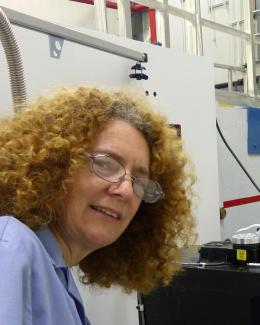Abstract
Voloxidation is a potential alternative reprocessing scheme for spent nuclear fuel that uses gas–solid reactions to minimize aqueous wastes and to separate volatile fission products from the desired actinide phase. The process uses NO2(g) as an oxidant for uranium dioxide (UO2) fuel, ideally producing soluble uranium powders which can then be processed for full recycle. To continue development of the process flowsheet for voloxidation, ongoing examination of the process chemistry and associated process materials is required: discrepancies in the proposed chemical reactions that occur when spent nuclear fuel is exposed to NO2(g) atmospheres must be addressed. The objective of this work is to analyze the intermediate solid phases produced during voloxidation to support verification of the proposed NO2(g) voloxidation reaction mechanisms. This objective was achieved through using (1) powder X-ray diffraction and Raman spectroscopy to identify bulk uranium phases and (2) scanning electron microscopy to describe the morphology and microstructure of the powders at each reaction stage. The initial oxidation of UO2 under NO2(g) reactions produced ε-UO3. Further exposure to NO2(g) did not nitrate the solid to produce uranyl nitrate, as reported in some literature. However, after the powder was hydrated with steam and then further exposed to NO2(g), some traces of uranyl nitrate hexahydrate were found. The results of this study suggest that surface hydration of powders plays a vital role in uranyl nitrate formation under voloxidation conditions and raises questions about the kinetics of the oxide-to-nitrate voloxidation conversion process. Future chemical and engineering design decisions for the voloxidation process may benefit from an improved understanding of these chemical mechanisms.







